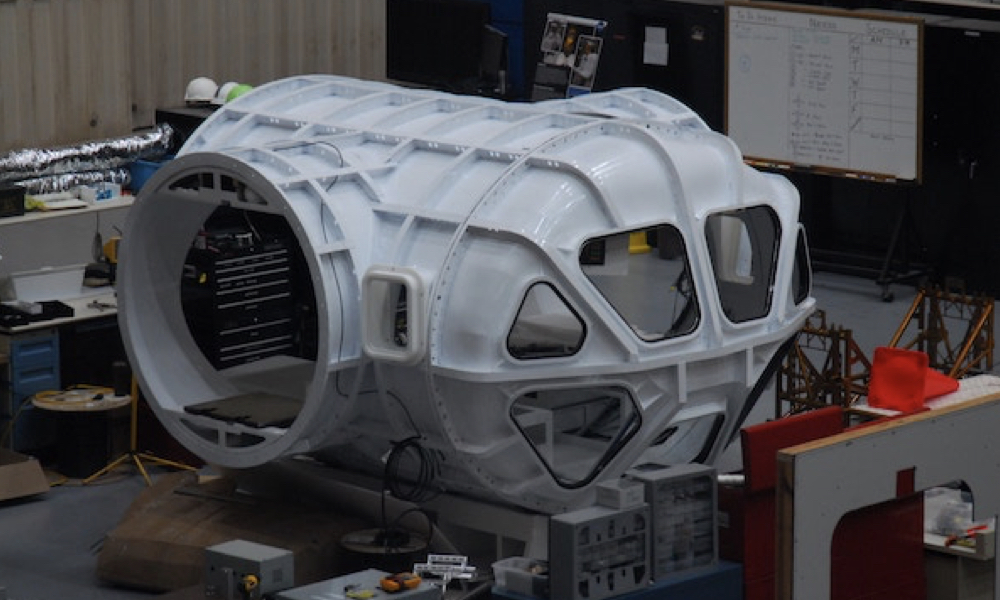
ESA Open Invitation to Tender AO10346
Open Date: 16/07/2020
Closing Date: 24/09/2020 13:00:00
Status: ISSUED
Reference Nr.: 20.1ET.13
Prog. Ref.: Technology Developme
Budget Ref.: E/0901-01 – Technology Developme
Special Prov.: BE+DK+FR+DE+IT+NL+ES+SE+CH+GB+IE+AT+NO+FI+PT+GR+LU+CZ+RO+PL+EE+HU
Tender Type: C
Price Range: 200-500 KEURO
Products: Satellites & Probes / RF / Microwave Communication (Platform and Payloads) / Receivers / „Navigation Receivers *See AOCS & GNC – Single-frequency (Platform/Low-end missions) – Multiple-frequency (Science mission/hig-end missions)”
Technology Domains: RF Systems, Payloads and Technologies / Radio Navigation Systems/Subsystems / Onboard Receivers
Establishment: ESTEC
Directorate: Directorate of Tech, Eng. & Quality
Department: Electrical Department
Contract Officer: Hertzog, Hendriline
Industrial Policy Measure: N/A – Not apply
Last Update Date: 16/07/2020
Update Reason: Tender issue
GNSS (Global Navigation Satellite System) receiver (such as GPS or Galileo receivers) are vulnerable to RF interference, intentional and un-intentional. Ground GNSS receiver have evolved significantly in the last 10 years to be resilience to such problems. GNSS spaceborne receivers are currently a mission critical element in multiple missions, mainly in LEO orbit, but soon also for GTO and GEO. At the same time the basic architecture adopted does not include (or consider only partially) robustness against RF effects.GNSSspaceborne receivers are mission critical elements to multiple space missions in Earth orbit and reliance against RF intentional orun-intentional interference has not been studied, leaving the units potentially vulnerableThe activity will assess the risk of RF intentional or un-intentional events that might degrade/disrupt the products generated by GNSS spaceborne receivers (e.g.: Position,velocity and time, as well as raw measurements needed for POD (precise orbit determination) needed for scientific products basically needed for all Earth Observation (EO) products). Interference can be particularly critical for EO scientific applications with geometries particularly sensitive to human RF inferference (e.g. From horizon in the case of Radio Occultation, or signals reflected on the Earth for GNSS-R like the proposed for G-TERNS in Earth Explorer 9). Finally the activity will assess the best mitigation solutions that can be applied to spaceborne GNSS receivers to mitigate such issues.
If you wish to access the documents related to the Invitation to Tender, you have to log in to the ESA Portal.
